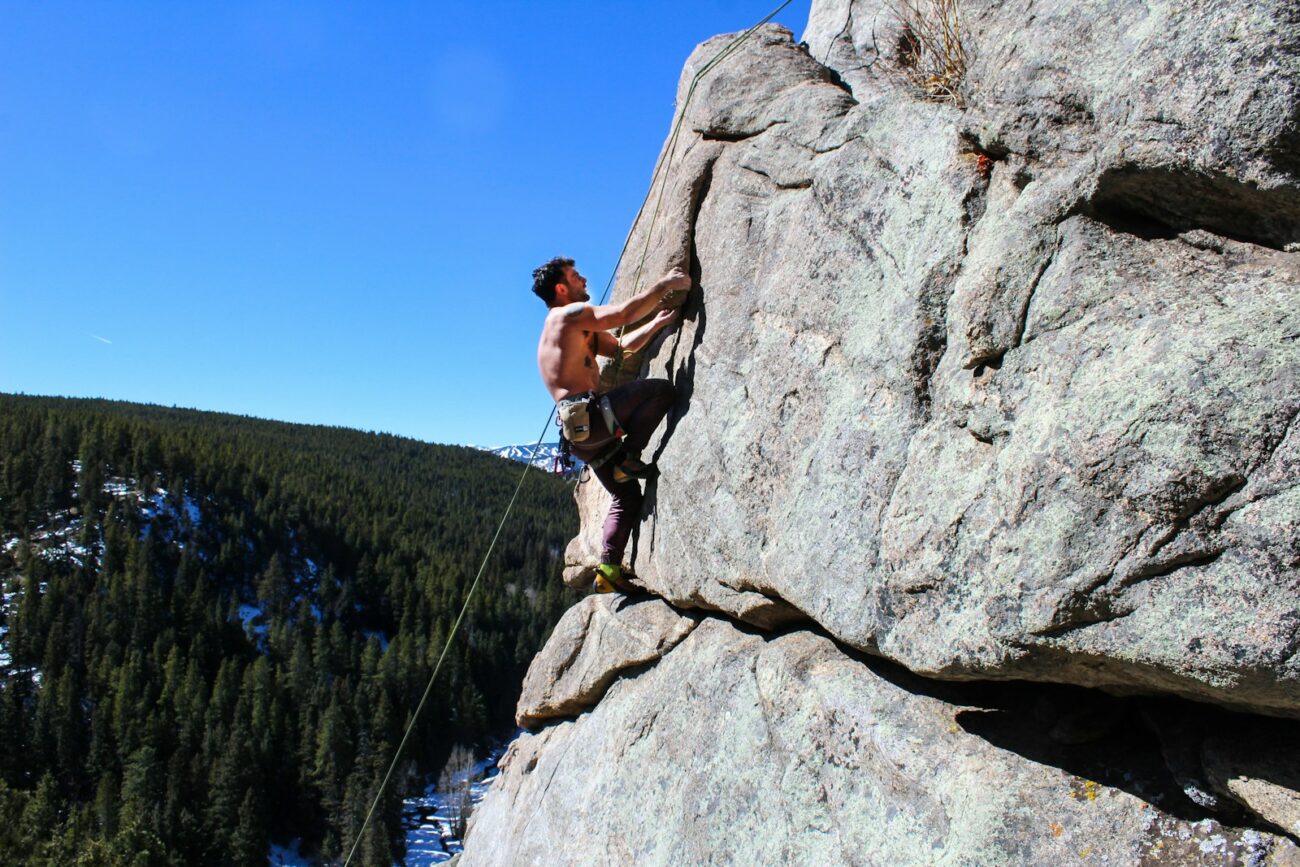The United States boasts some of the most diverse and spectacular climbing terrain on the planet. From towering granite walls in Yosemite to desert sandstone towers in Utah, America’s climbing landscape offers something for every type of climber. These iconic routes aren’t just physical challenges—they’re journeys through history, geology, and personal limits. Whether you’re a seasoned climber looking to tick off bucket-list routes or an aspiring adventurer dreaming of legendary ascents, these 15 iconic climbing routes represent the pinnacle of American rock climbing heritage. Each tells a story of pioneering spirit, technical innovation, and the enduring human desire to reach for heights previously thought impossible.
The Nose, El Capitan (Yosemite, California)
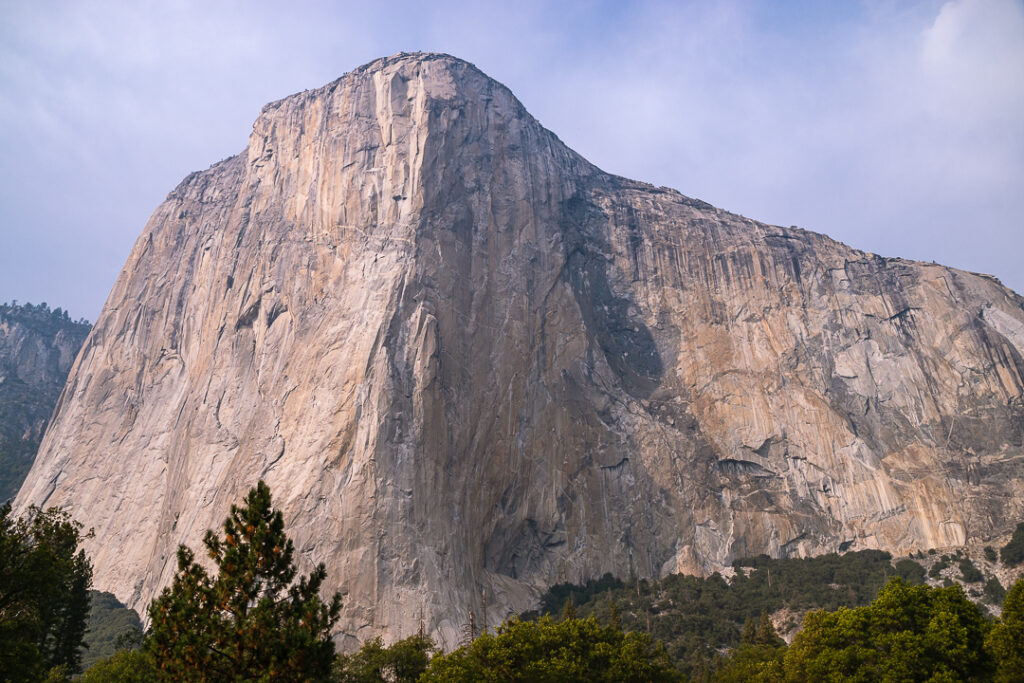
Perhaps the most famous rock climb in the world, The Nose on El Capitan stands as a monument to big wall climbing. First climbed by Warren Harding, Wayne Merry, and George Whitmore in 1958 over 47 days, it now represents the ultimate pilgrimage for serious climbers. Rising 3,000 feet from the valley floor, this granite masterpiece features everything from delicate face climbing to challenging cracks and exposed traverses. The route’s iconic features like the Stoveleg Cracks, King Swing, and the Great Roof have become legendary in climbing lore. While elite climbers now race up The Nose in mere hours, most parties spend 3-5 days on the wall, sleeping on portaledges suspended thousands of feet above the valley.
Half Dome Northwest Face (Yosemite, California)
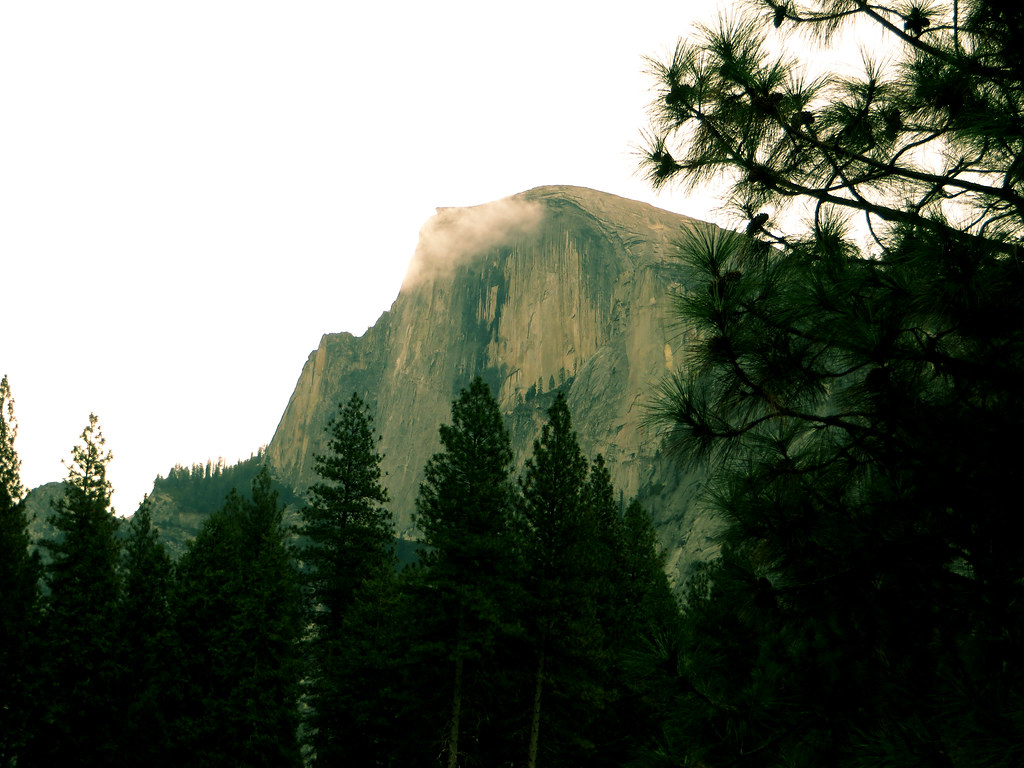
The striking Northwest Face of Half Dome represents another crown jewel in Yosemite’s climbing treasure chest. First climbed in 1957 by Royal Robbins, Mike Sherrick, and Jerry Gallwas, this 2,200-foot route was once considered impossible. The Regular Northwest Face (5.12 or 5.9 C1) requires mastery of crack climbing, face climbing, and aid techniques as it winds up the seemingly blank dome. Climbers navigate the famous “Thank God Ledge,” a narrow walkway with thousands of feet of exposure that requires either careful shuffling or a nerve-testing crawl. The final summit slabs, with Half Dome’s iconic profile falling away beneath your feet, create one of climbing’s most unforgettable moments. Many climbers bivouac on Big Sandy Ledge, watching sunset and sunrise transform the valley into a cathedral of light and shadow.
Moonlight Buttress (Zion National Park, Utah)
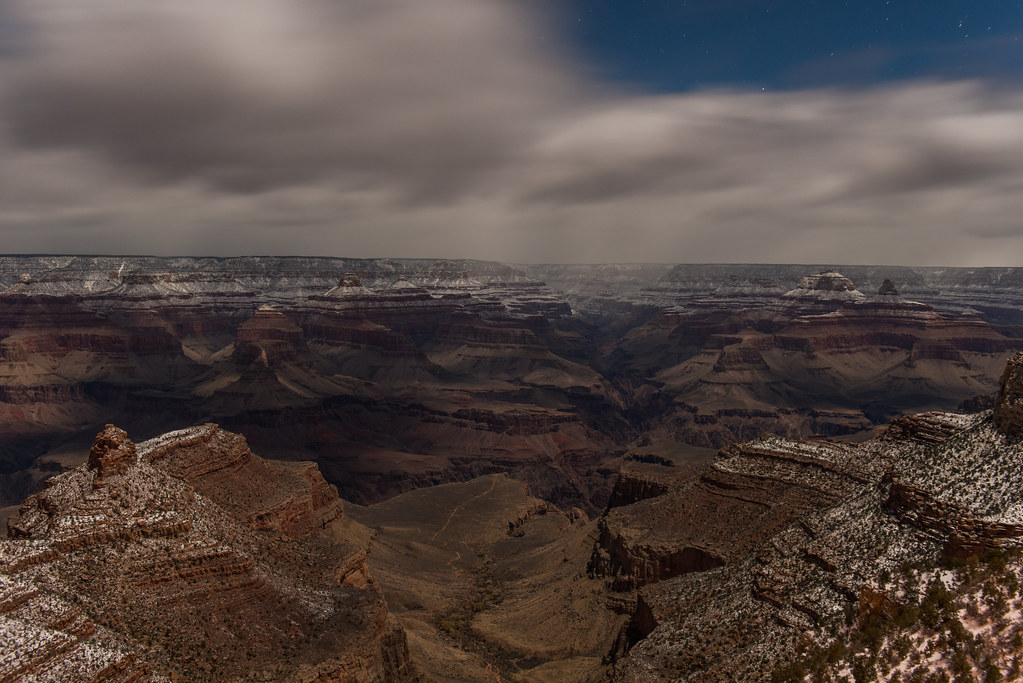
Rising 1,200 feet from the Virgin River, Moonlight Buttress (5.12+ or 5.8 C1) showcases the splendor of Zion’s sandstone. This striking line up a narrow fin of rock offers sustained crack climbing on perfect sandstone. The route gained additional fame when free climbing pioneer Peter Croft established it as a challenging free climb, and later when Alex Honnold completed a free solo ascent that shocked the climbing world. What makes Moonlight Buttress special is the combination of technical difficulty, aesthetic beauty, and its perfect positioning within Zion Canyon. The route features six pitches of sustained 5.12 climbing when done free, with the crux coming on thin seams and technical face climbing high on the wall. Many climbers time their ascent for spring, when the buttress glows golden in the afternoon light, creating the “moonlight” effect that gives the route its name.
Casual Route, Diamond Face (Rocky Mountain National Park, Colorado)
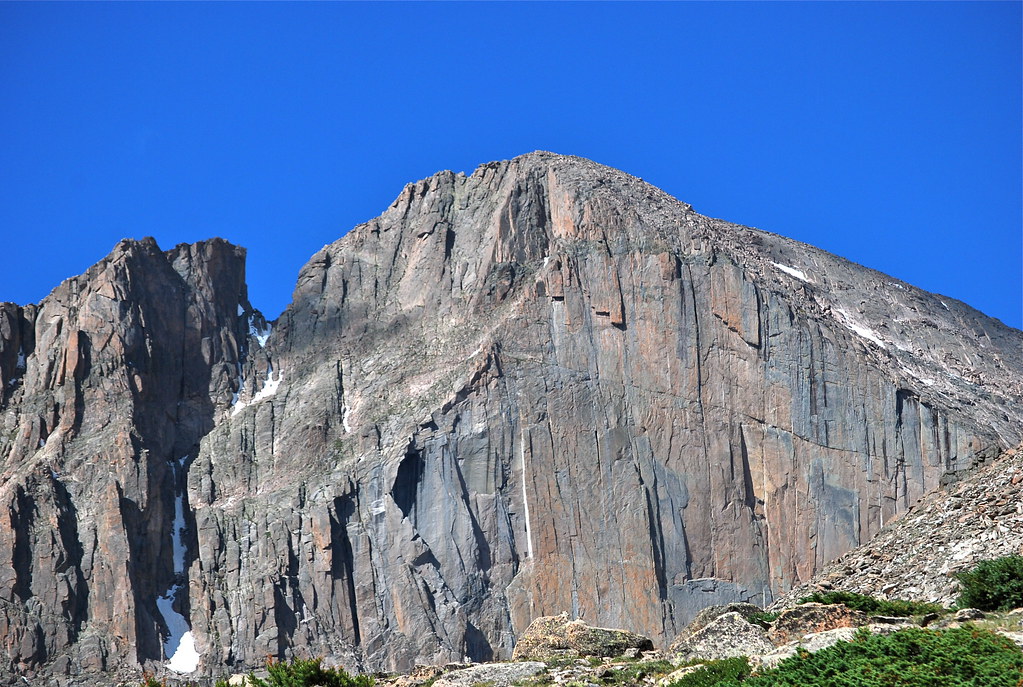
The Diamond on Longs Peak presents Colorado’s most imposing big wall and the Casual Route (5.10a) is its most classic line. Despite its misleading name, there’s nothing casual about climbing at 13,000 feet on this sheer face. First climbed by Duncan Ferguson and Chris Reveley in 1977, this route requires climbers to hike for hours before sunrise, navigate the hazardous Bonney Pass, and then tackle six pitches of technical climbing in a harsh alpine environment. What makes the Casual Route special is its position on the Diamond’s east face, which catches the morning sun and offers unparalleled views across Rocky Mountain National Park. The route features varied climbing including the notorious “Enduro Corner” crack and exposed face climbing high above the Chasm Lake cirque. Weather changes rapidly on the Diamond, adding an element of alpine seriousness that elevates this climb beyond mere technical challenge.
Ancient Art (Fisher Towers, Utah)
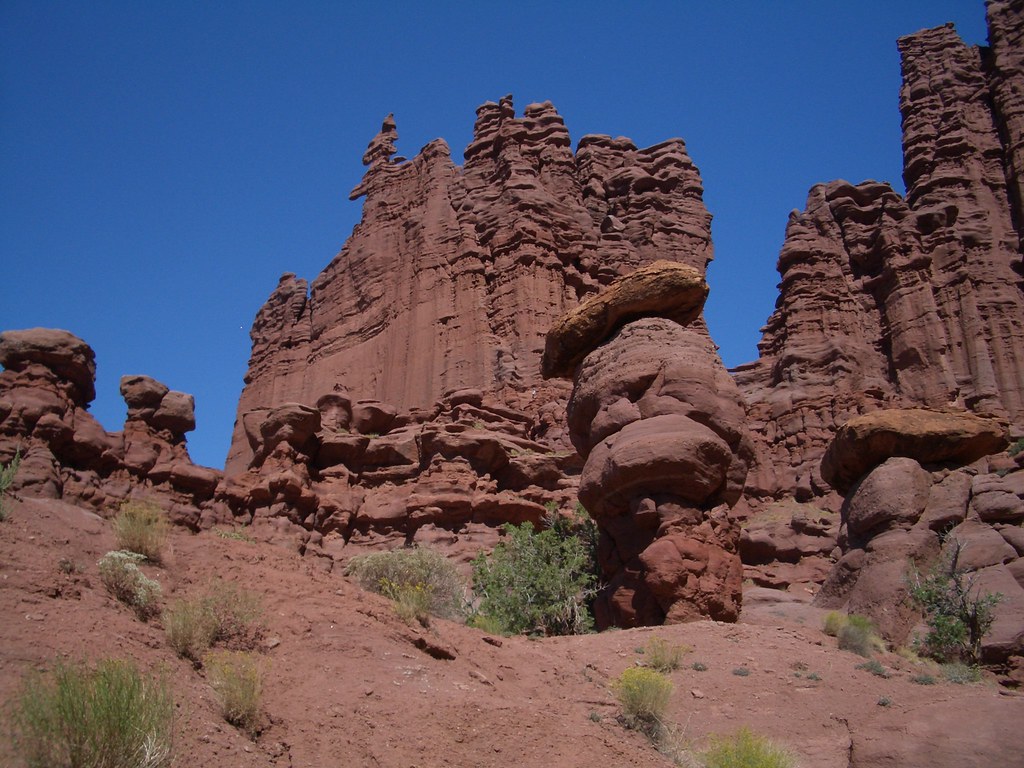
Few climbing formations anywhere in the world match the otherworldly character of Ancient Art in Utah’s Fisher Towers. This bizarre corkscrew of mudstone culminates in a small platform barely large enough for one person, creating one of climbing’s most photographed summit poses. The route (5.10 or 5.8 A0) ascends through four distinct pitches, each with its own character, but it’s the final pitch that has made Ancient Art famous. Climbers must delicately balance across the “diving board,” a narrow fin of rock, before carefully moving onto the corkscrew summit that appears to defy physics. The soft, sometimes crumbly nature of the Fisher Towers’ Cutler sandstone and mudstone adds a serious element to what might otherwise be moderate climbing. The route’s surreal position amid the towering red desert formations of the Fisher Towers creates an experience that feels more like climbing on Mars than Earth.
Shune’s Buttress (Zion National Park, Utah)
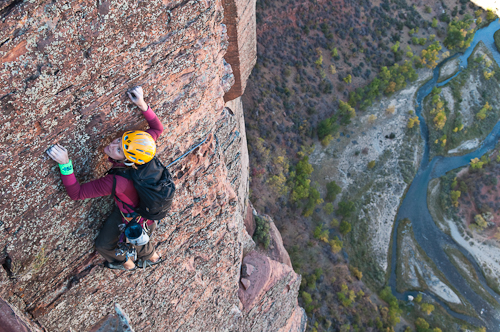
Rising above the majestic Zion Canyon, Shune’s Buttress (5.11+ or 5.10 C1) represents desert sandstone climbing at its finest. This 800-foot route on the southeast face of Mount Kinesava features sustained crack climbing up beautiful orange and red Navajo sandstone. First established in the 1980s, the route combines challenging crack systems with occasional face climbing sections that require delicate footwork and careful route finding. What distinguishes Shune’s Buttress is the quality of its rock—clean, featured sandstone that offers positive holds amid stunning exposure. The route’s varied character includes finger cracks, hand cracks, and the occasional chimney, testing a climber’s complete crack climbing repertoire. The position above Zion Canyon provides spectacular views throughout the climb, culminating in a panoramic vista from the summit that sweeps across the entirety of Zion National Park.
Epinephrine (Red Rock Canyon, Nevada)
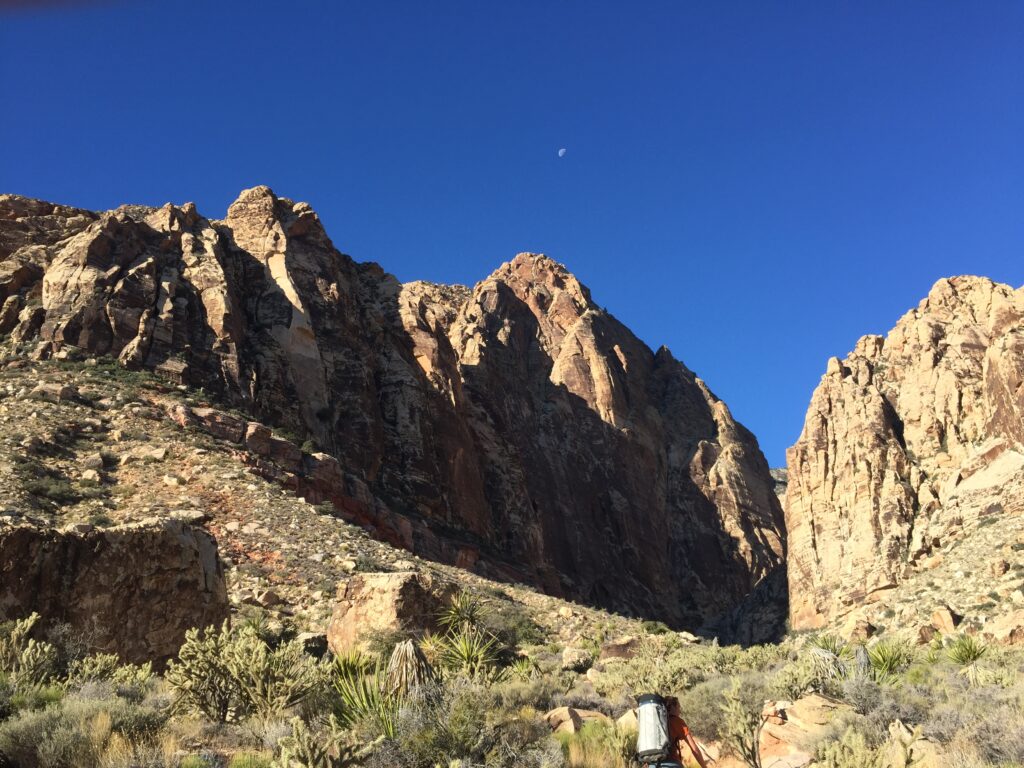
Located just outside Las Vegas, Epinephrine (5.9) lives up to its adrenaline-inducing name with 2,000 feet of sustained climbing. The route’s defining feature is its twin 300-foot chimneys, where climbers must employ full-body stemming techniques that leave legs burning and hearts pounding. First climbed by Jorge and Joanne Urioste in 1978, Epinephrine represented a new standard in desert climbing with its combination of length, position, and sustained difficulty. After battling through the notorious chimneys, climbers emerge onto face climbing and crack systems with spectacular exposure above the desert floor. The Black Velvet Canyon setting provides dramatic contrast between the dark varnished limestone and the bright desert landscape beyond. Many climbers consider Epinephrine to be one of America’s finest 5.9 routes, offering sustained climbing at a moderate grade that remains challenging even for experienced leaders.
Outer Space (Leavenworth, Washington)
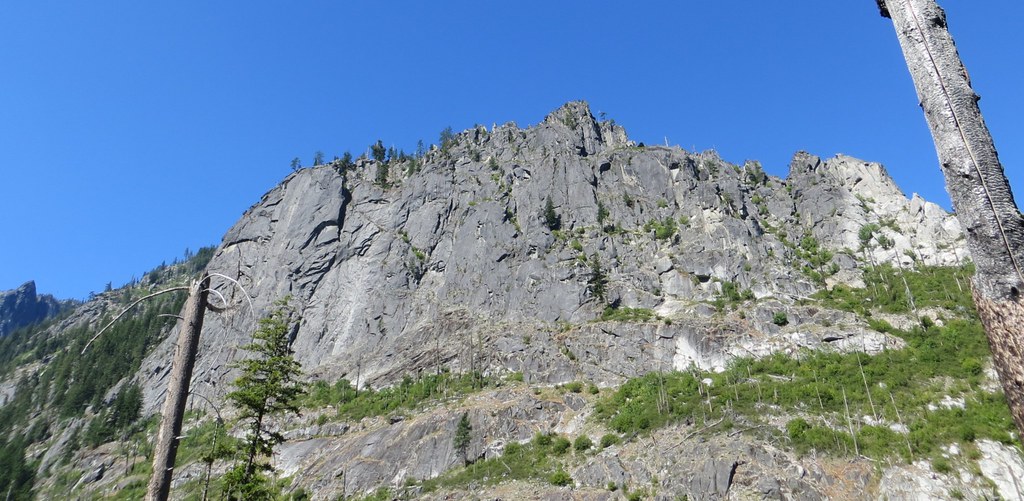
In the granite wonderland of Washington’s Cascades, Outer Space (5.9) on Snow Creek Wall stands as the region’s most coveted moderate multipitch route. This six-pitch classic ascends clean granite cracks and faces with views extending across the Stuart Range and Enchantments. First climbed in 1966 by Fred Beckey and Dan Davis, the route features varied climbing that tests a complete skillset, from jamming techniques to delicate face moves. The route’s defining pitch is the aptly named “Orbit,” a perfect hand crack that splits an otherwise blank granite face, providing both physical challenge and aesthetic pleasure. What makes Outer Space special is its accessibility—offering big mountain feel and exposure while remaining within reach of intermediate climbers. The position high on Snow Creek Wall provides a perfect vantage point for watching sunset light bathe the surrounding alpine peaks in golden hues.
Levitation 29 (Red Rock Canyon, Nevada)
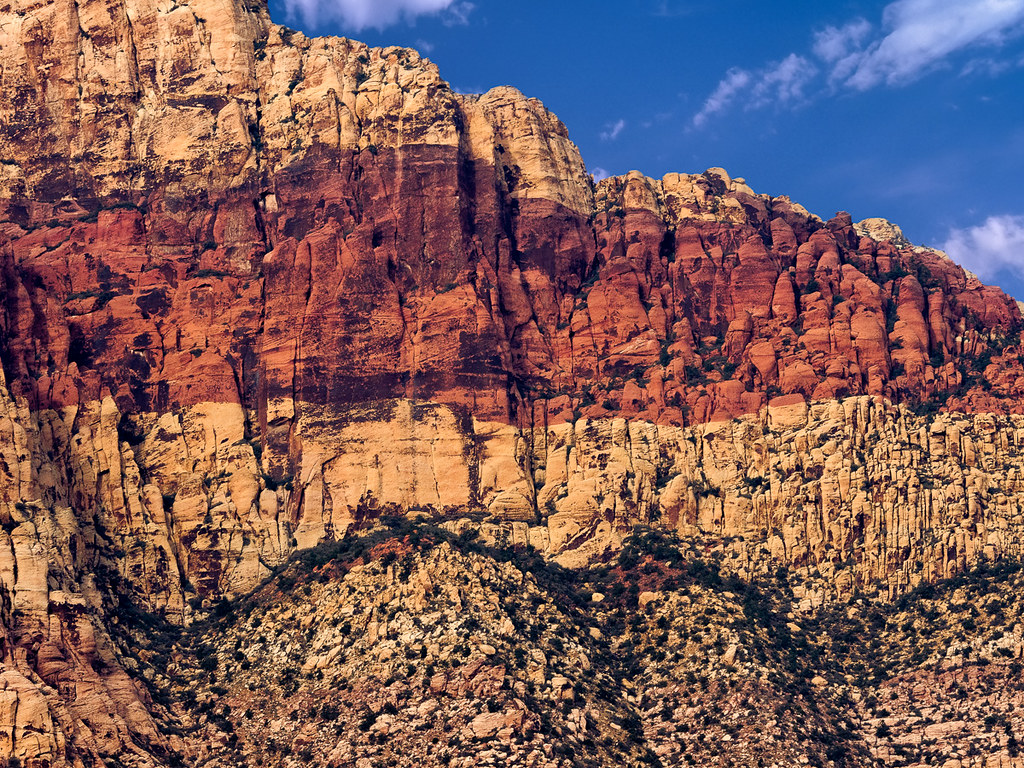
Hidden within the multicolored sandstone walls of Red Rock Canyon, Levitation 29 (5.11c) represents desert face climbing at its finest. First established by Jorge Urioste, Joe Herbst, and Bill Bradley in 1981, this nine-pitch masterpiece weaves a line up seemingly blank sandstone through a series of thin cracks, subtle features, and occasional bold sections. The route’s name comes from its ethereal quality—climbers often describe the sensation of floating up the wall as holds materialize just when needed. What makes Levitation 29 special is the quality of movement it demands, combining technical face climbing with occasional crack sections that require precise finger locks and delicate footwork. The position within the remote Oak Creek Canyon adds to the adventure, requiring a significant approach hike that keeps crowds at bay. When the afternoon sun hits the rainbow-colored sandstone wall, climbers experience the full glory of Red Rock’s famous patina and varnish that creates its distinctive desert aesthetic.
Naked Edge (Eldorado Canyon, Colorado)
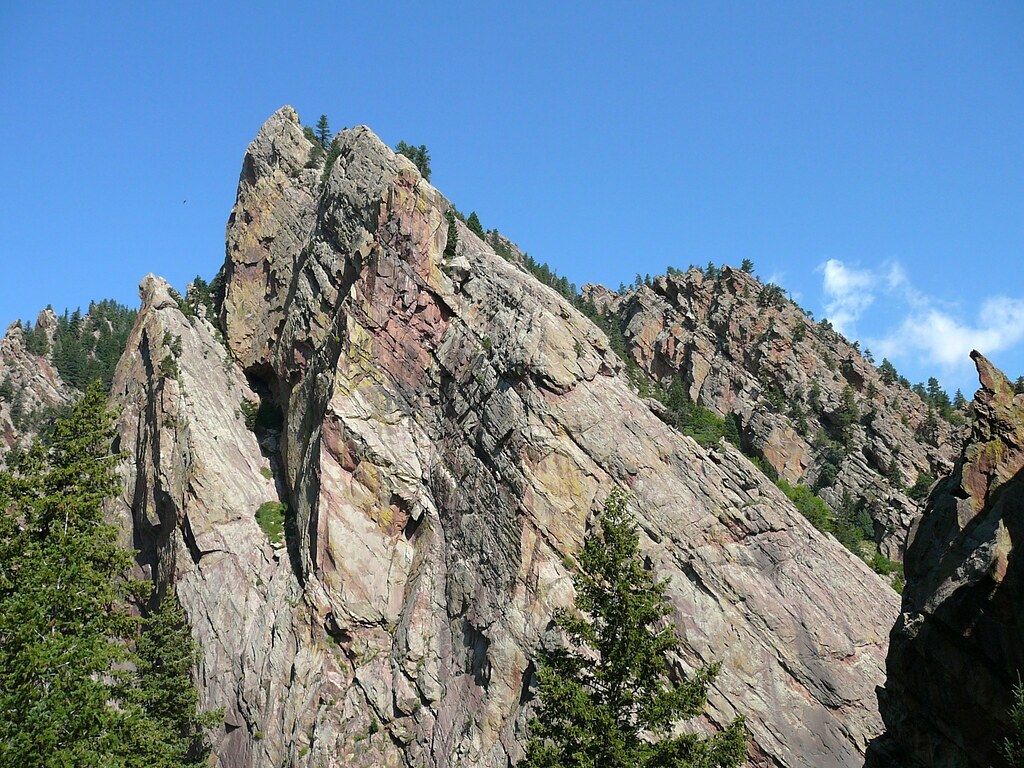
The silhouette of the Naked Edge (5.11b) cutting through Eldorado Canyon represents one of American climbing’s most iconic profiles. First climbed by Layton Kor and Bob Culp in 1962, this six-pitch route combines technical face climbing with challenging crack systems that demand mastery of multiple techniques. The route’s defining feature is its exposed final pitches along a dramatic arete that falls away hundreds of feet on both sides. What makes the Naked Edge special is not just its difficulty but its position within the historical development of American free climbing—representing a bridge between the piton era and modern free climbing ethics. The sandstone quality in Eldorado Canyon creates a unique climbing experience, with subtle features and friction-dependent moves that reward precise footwork and body positioning. Completing the Edge remains a rite of passage for Colorado climbers, representing mastery of the technical and mental challenges that define Eldorado’s distinctive style.
Lotus Flower Tower (Cirque of the Unclimbables, Northwest Territories, Canada)
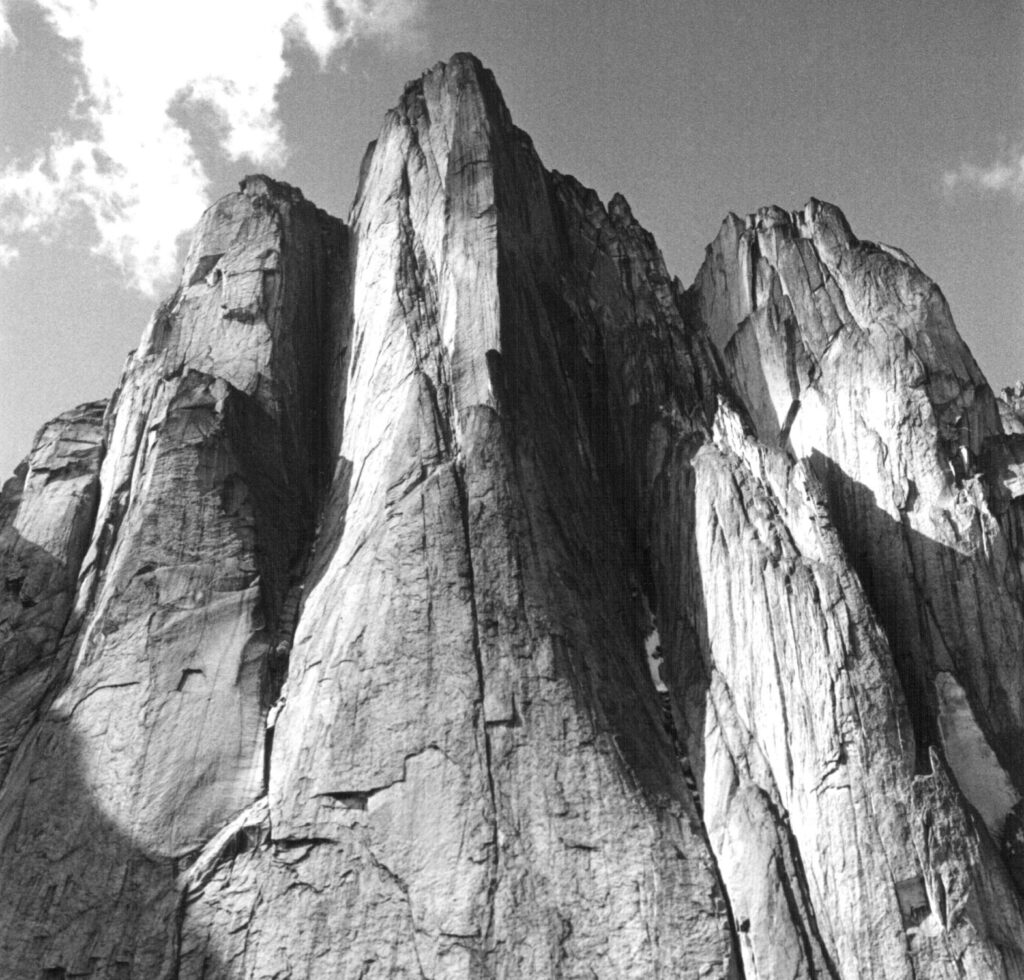
While technically in Canada, the Lotus Flower Tower (5.10c) represents the ultimate American climbing expedition and deserves its place on this list. This 2,200-foot granite spire rises from the aptly named Cirque of the Unclimbables in Canada’s Northwest Territories, requiring a multi-day approach through wilderness just to reach its base. First climbed in 1968 by Jim McCarthy, Tom Frost, and Sandy Bill, the route features sustained crack climbing on immaculate granite in one of the most remote settings on the continent. What makes Lotus Flower Tower special is its combination of quality climbing, remote wilderness setting, and the sheer commitment required to attempt it. The route has been featured on the “Fifty Classic Climbs of North America” list and remains a benchmark for alpinists seeking the perfect blend of technical challenge and expedition adventure. Climbers who make the journey find themselves in a cathedral of granite spires far from civilization, where 24-hour daylight during summer months allows for flexible climbing schedules amid some of the most spectacular mountain scenery anywhere.
The Rostrum (Yosemite Valley, California)
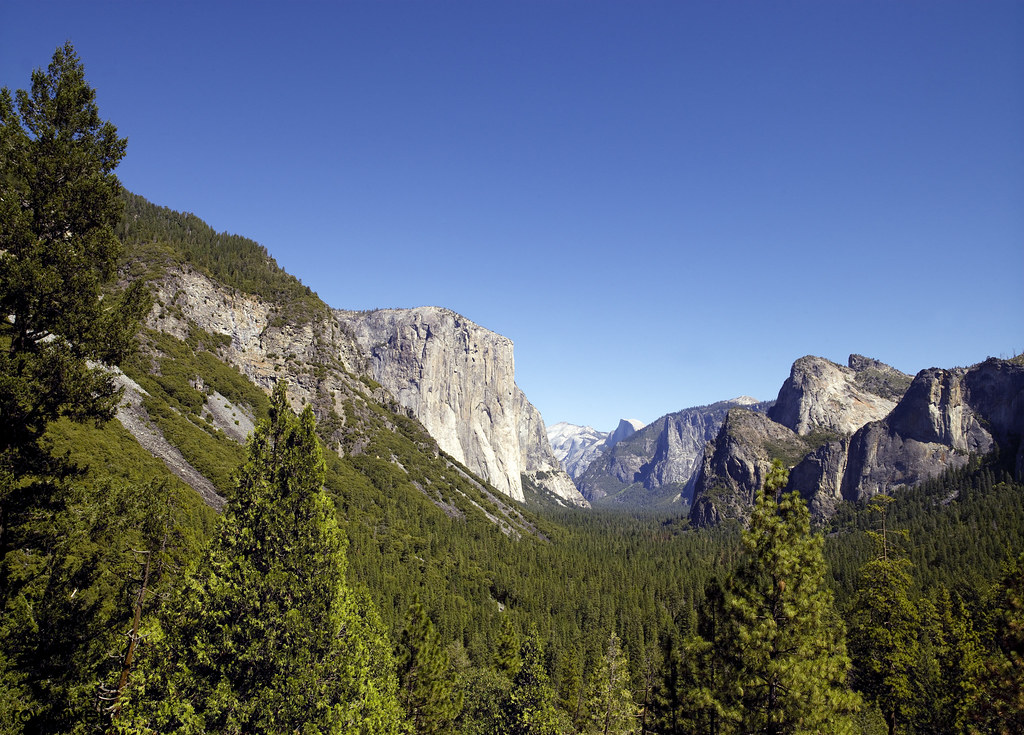
Standing sentinel at the entrance to Yosemite Valley, The Rostrum’s North Face (5.11c) represents crack climbing perfection. This 800-foot route features eight pitches of sustained crack climbing that has served as a training ground for generations of Yosemite climbers preparing for bigger walls. First free climbed by Jim Bridwell and Kim Schmitz in 1977, the route showcases every variety of crack climbing from fingers to fists, testing a climber’s complete jamming repertoire. What makes The Rostrum special is the quality of its rock—clean, featured granite that accepts protection perfectly while providing just enough face holds to complement the cracks. The route’s North Face location provides shade during hot summer days, making it climbable when other Yosemite walls become furnaces. Many climbers consider the infamous “Alien Roof” pitch—featuring gymnastic moves through a horizontal crack system—to be one of the finest single pitches of crack climbing anywhere in the world.
The Grand Traverse (Grand Teton National Park, Wyoming)
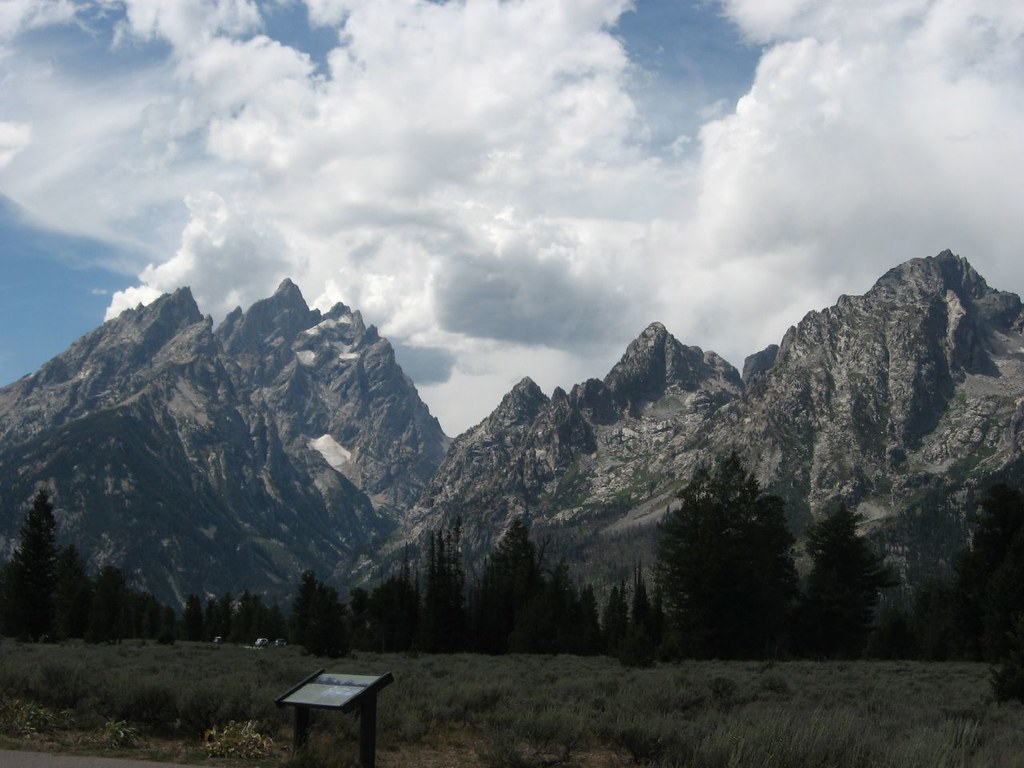
Unlike other routes on this list that focus on technical difficulty, the Grand Traverse represents the ultimate alpine climbing challenge in the continental United States. This massive undertaking involves climbing all seven major peaks of the Teton Range in a single push, covering over 10 miles of technical terrain above 12,000 feet. First completed in 1963 by Leigh Ortenburger and Irene Beardsley, the traverse typically takes between 1-3 days depending on conditions and climber speed. What makes the Grand Traverse special is its combination of technical climbing, route-finding challenges, and the sustained high-altitude environment that tests endurance as much as technical ability. Climbers must navigate complex ridge systems, multiple rappels, and technical rock climbing sections while managing changing weather conditions at altitude. The panoramic views across Wyoming, Idaho, and into Yellowstone create a constantly changing backdrop that ranks among America’s most spectacular mountain landscapes.
Forbidden Peak West Ridge (North Cascades, Washington)
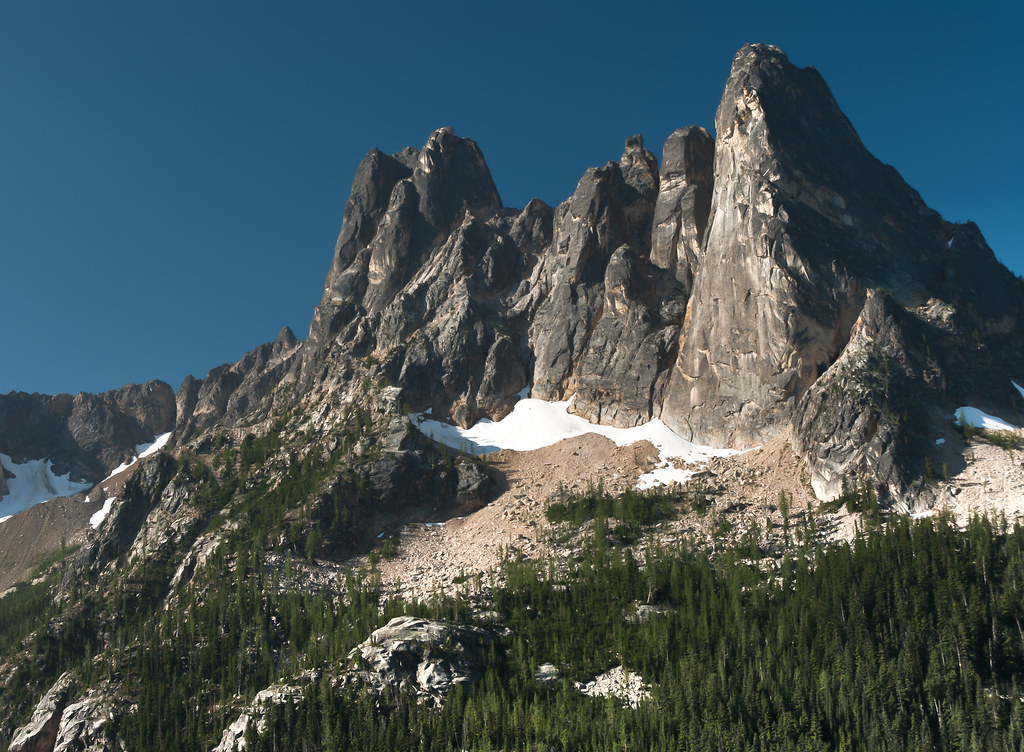
In the heart of Washington’s North Cascades, the West Ridge of Forbidden Peak (5.6) represents alpine ridge climbing in its purest form. First climbed in 1940 by Fred Beckey, Helmy Beckey, and Lloyd Anderson, this route combines a glacier approach, moderate rock climbing, and an exposed ridge traverse that creates a complete alpine experience. Rising to 8,815 feet, Forbidden’s striking profile has made it one of the most photographed peaks in the Cascades, with its perfect pyramid shape resembling the Matterhorn of the Pacific Northwest. What makes the West Ridge special is how it distills the essence of alpine climbing—requiring competence in multiple disciplines while rewarding climbers with increasingly spectacular exposure and views as they ascend. The approach through Boston Basin, with its wildflower meadows and tumbling glaciers, creates a sense of journey before the technical climbing even begins. From the summit, climbers enjoy panoramic views of countless glaciated peaks including the formidable Eldorado, Johannesburg, and Boston Peak.
Devil’s Tower, Durrance Route (Wyoming)
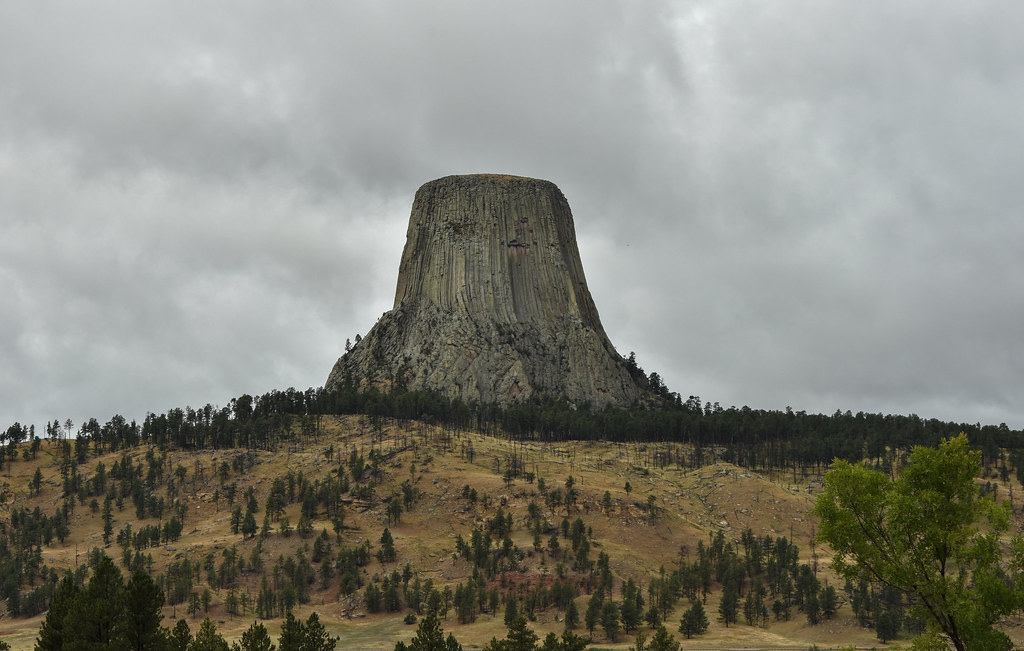
Rising improbably from the Wyoming plains, Devil’s Tower presents one of America’s most distinctive climbing objectives, and the Durrance Route (5.7) is its most classic line. First climbed in 1938 by Jack Durrance and Harrison Butterworth, this six-pitch route navigates the famous columnar basalt formations that give Devil’s Tower its unique character. The route features varied climbing including the infamous “Leaning Column” and “Durrance Crack” that test a climber’s jamming skills in unusual formations not found elsewhere. What makes the Durrance Route special is not just the quality of climbing but the cultural and historical significance of Devil’s Tower itself—a sacred site for many Native American tribes and the nation’s first National Monument. The peculiar geology creates a climbing experience unlike any other, with parallel cracks formed by the hexagonal columns providing consistent protection options. Summiting Devil’s Tower provides a 360-degree view across the Black Hills and Wyoming plains, creating a striking contrast between the tower’s vertical world and the horizontal landscape stretching to the horizon.
Conclusion
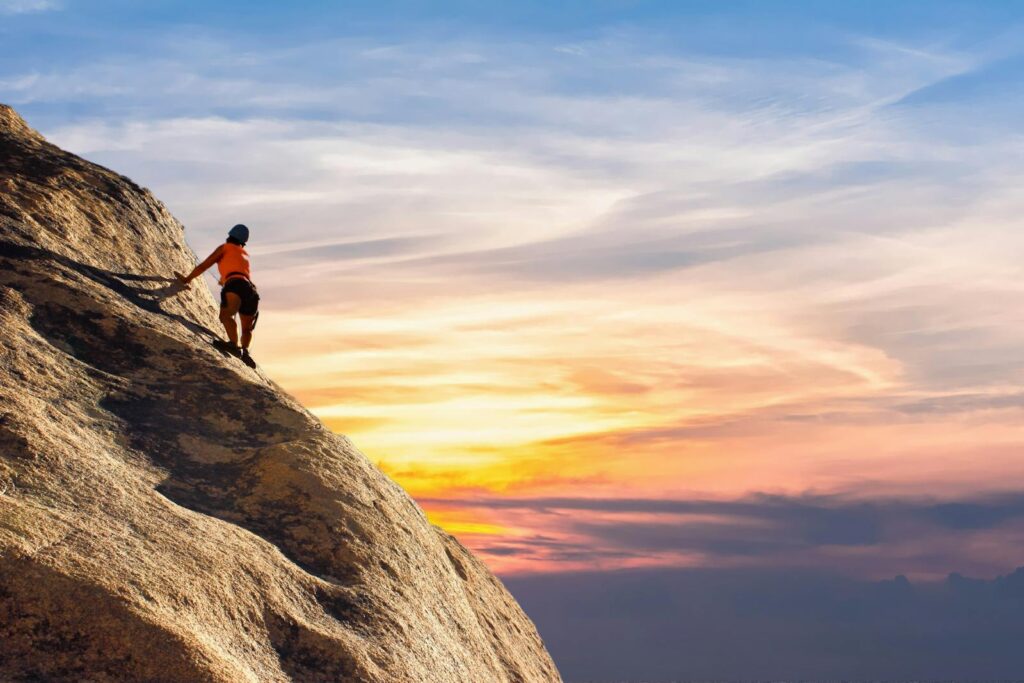
America’s iconic climbing routes represent more than just physical challenges—they embody the spirit of exploration, the beauty of diverse landscapes, and the rich history of climbing development across the continent. From Yosemite’s towering walls to desert towers and alpine ridges, these 15 routes showcase the incredible variety of climbing experiences available within the United States. Each route tells a story—of bold first ascensionists, evolving techniques, and the enduring human desire to connect with wild places through vertical adventure. Whether you’re a dedicated climber working through your tick list or someone inspired by the possibilities these routes represent, they stand as monuments to what’s possible when skill, courage, and vision come together on the vertical plane. As climbing continues to evolve, these classic routes remain the foundation of American climbing heritage, challenging and inspiring each new generation of climbers to reach higher.

